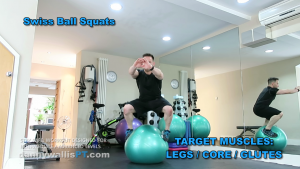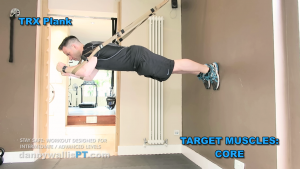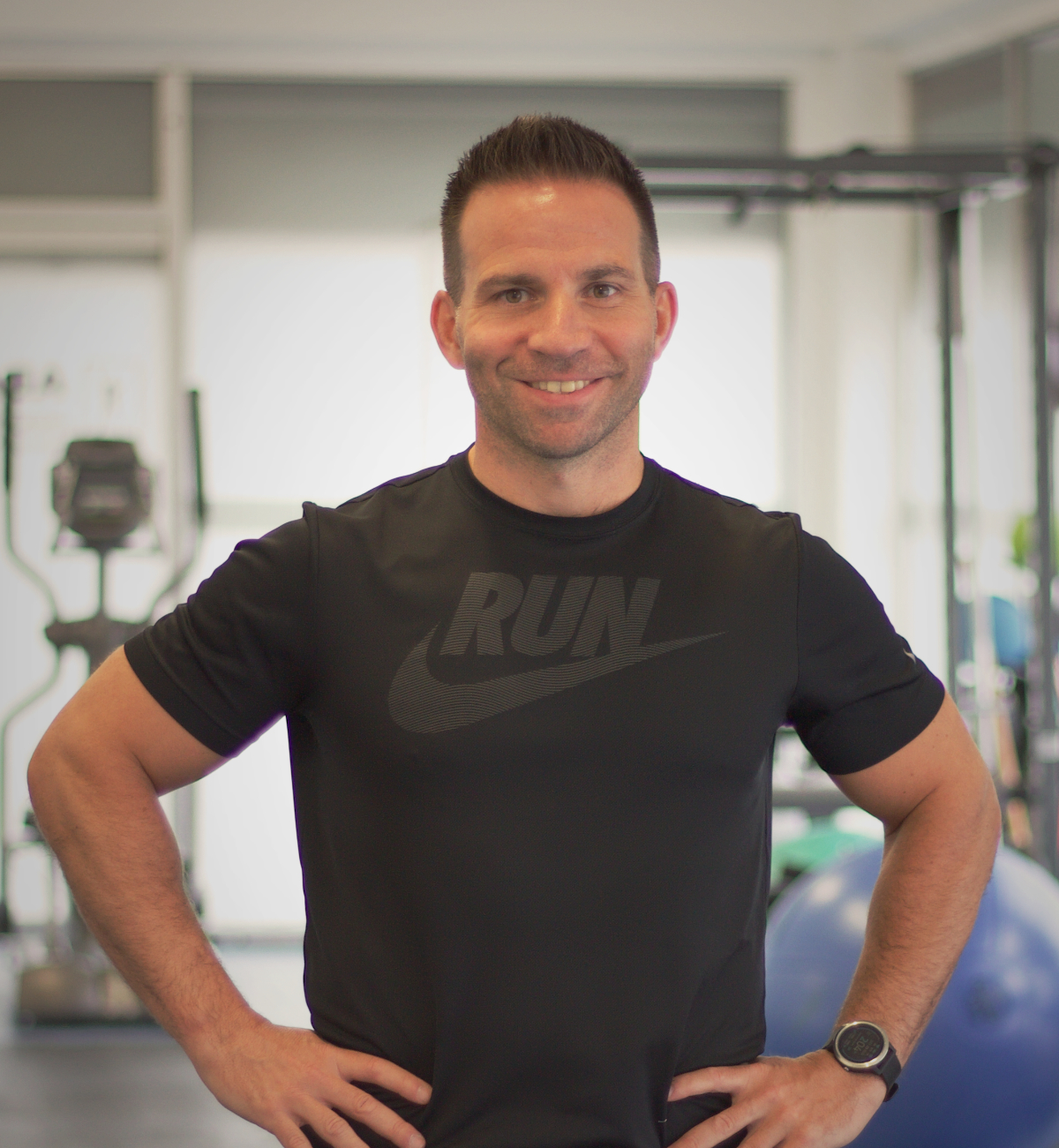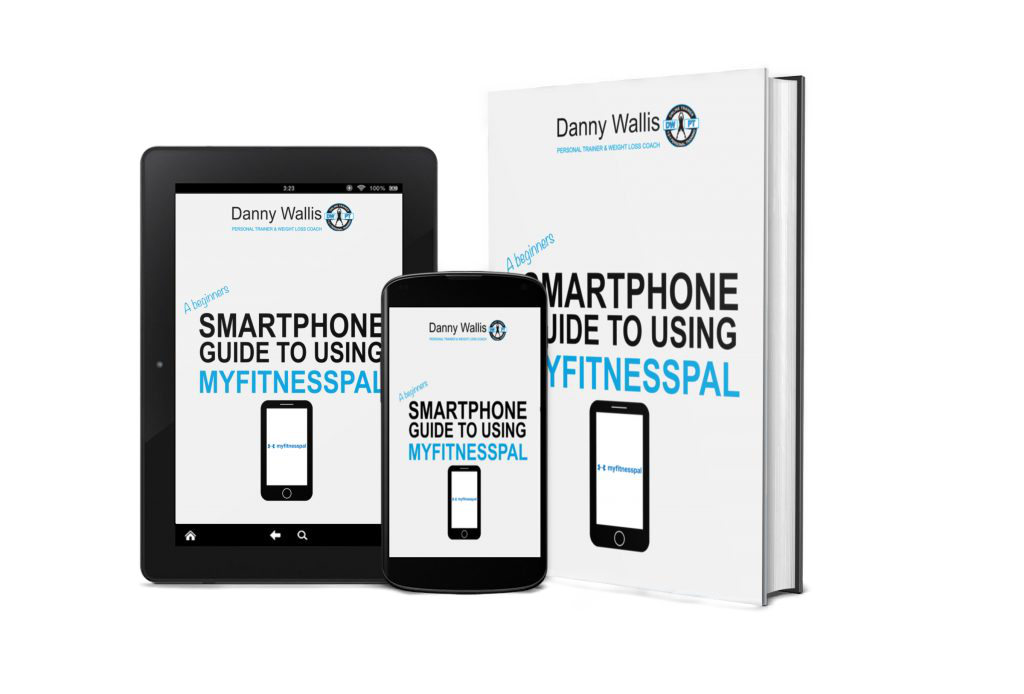Stability Workout: Getting Started
With over 20 years experience as a Personal Trainer, experience has taught me people generally decide to begin 1-2-1 coaching sessions for one of three main reasons…
1) They are complete newbies to exercise and don’t know where to start.
2) They feel intimidated about training on their own and feel they need extra support and encouragement.
3) They have been working out for a long time, have a fair amount of experience and a good level of fitness but have plateaued and, therefore, have stopped seeing results – This post is aimed at people from scenario 3.
Training Model
According to the National Academy Sports Medicine (NASM) Optimal Performance Training (OPT) Model; there are essentially 3 ‘modalities’ or steps to achieving Optimal Physical Performance – 1) Stabilisation 2) Strength 3) Power.
These headings all have sub-headings, but for now I’m going to focus on the main categories. I encourage my clients to think of these as steps when striving to reach their physical goals.
If you want to lift weights to build muscle or perform High Intensity Interval Training (HITT) sessions (which are largely power based activities) you must climb the metaphorical steps to acquire the appropriate biomechanics first.
This will help to optimise your performance and, most importantly, keep you physically safe. Putting it in simple terms – If you can physically DO MORE then you can go on to ACHIEVE MORE.
Stabilisation Training
Stabilisation comes first as we require both ‘balance’ and ‘coordination ‘over the three planes of movement to stay upright and to move functionally correctly. Poor joint stability leads to poor mechanical performance, postural abnormalities and, in most cases, damage to the structure(s) of the body through inappropriate wear and tear.
This means you can DO LESS which of course in turn means ACHIEVING LESS.
 The skeleton is stabilised primarily by the ‘deep muscles’ in the body. When I’m with my clients I describe these muscles as the ‘inside’ muscles. The ones you can’t see which hold you upright subconsciously.
The skeleton is stabilised primarily by the ‘deep muscles’ in the body. When I’m with my clients I describe these muscles as the ‘inside’ muscles. The ones you can’t see which hold you upright subconsciously.
I refer to the superficial prime ‘mover muscles’ of the body as the ‘outside’ muscles – The ones we consciously use for exercise which give us our shape and visible muscle tone.
The Problem With Linear Exercise
The problem with the average person’s strength routine is they primarily focus on the ‘outside’ muscles. We tend to focus on growing muscle and building our bodies aesthetically &, therefore, neglect to consider the impact these exercises have on us mechanically which affects our performance long-term.
We assume being stronger and fitter is a positive, however, if the load we put on our ‘outside muscles’ outweighs what our deep ‘inside muscles’ can cope with, the end result is often a plateau in results, mechanical abnormalities in terms of postural distortions or even pain and long-term injury.
What is a Core Stability Workout?
In my youth, I once asked a mentor of mine what he understood by the term ‘Core Stability’. He said “Lifting weights with poor core strength will be as successful as trying to fire a cannon out of a canoe”.
This means if we try to generate force with a weak foundation, we have no real control over the force we are trying to generate in the first place. Again, not only promoting poor technique but also a slump in the results you are trying so hard to achieve or, worst case scenario, injury.
Mechanical Problems
The term ‘core muscles’ refer to what we know more commonly as the ‘abdominals’. These are the ‘deep muscles’ which stabilise the pelvis and spine while moving, generating or reacting to changing forces in the body.
More often than not, due to our extensive ‘sitting’ and sedentary based ‘white collar office’ culture (linked also with the lack of stretching most gym goers tend to perform), our core muscles are often weak, tight and underdeveloped.
This leaves our joints, especially the spine, under huge amounts of strain and pressure (for more information read my post ‘An Introduction to Office Back’.)
Many years ago, I read on the Health & Safety Executives (HSE) website around 90% of the UK population experience back pain or discomfort during their lifetime… Perhaps this is why?
Training The Core Properly
What makes things worse (forgive me for generalising) is the average person will train their ‘abs’ if they remember or typically bolt them on at the end of their workout.
I am not against split routines at all (training different body parts on different days), however, we need to remember our core is literally what holds us together and what connects our upper half to our lower half. Those muscles therefore may need more training stimulus than just once a week.
Neglecting to train these muscles, as such with multi-planar movements (i.e. Three-dimensional exercise), is a way of potentially deconditioning the body and promoting muscle imbalances.
Break The Mould With My Stability Workout
To help break this cycle, I have put together a workout video which breaks the mould in terms of traditional strength-based routines.
Let’s assume you have plateaued with your existing workout plan. In order to move you forward, we must first take a step backwards.
This ‘backward’ step refers to moving back down the steps of the NASM OPT training model. This will take us back to where perhaps you should have started which, of course, is with Stabilisation Training.
Benefits of a Stability Workout
This particular workout combines traditional movements like Presses, Squats and Rows. In addition, I have added the element of ‘balance’ and ‘coordination’ to help you better balance your body mechanically for increased posture and physical performance. Ultimately, this means a stronger and better proportioned physique.
As we will be working out in a multi-planar environment, we will be engaging more muscle tissue to cope with the increased demands of your new workout. This means three main benefits:
1.Increased Functional Strength
Let’s go back to the cannon in the canoe metaphor – Increasing the engagement of the core is like taking your cannon out of the canoe and putting it on hard/stable ground. It will aim better and you will hit your target every time.
2. Increased Fat Burning Potential
More muscle working per exercise means a greater demand for fuel in terms of energy. This means you will burn more fat per workout than you did before with your old weight-machine based workout previously. Working more muscles per exercise also means a metabolic rise which, again, will boost your fat burning potential.
3. Increased Fitness
Again, an increase in muscle engagement means a greater demand for oxygen. This results in the heart and lungs working harder than usual which, in turn, will boost your aerobic capacity.
4. Better Aesthetics
As I have noted already, this programme will build new muscle while helping you strip off unwanted body-fat. Stability exercise increases muscle fibre recruitment. In turn, this means more muscle being used and more calories needed for fuel. Especially while under load from heavy resistance. The perfect combination to revealing your hard-earned six-pack!
https://youtu.be/poRM7fYanSY
Caution
This workout is geared towards the experienced ‘exercisers’ out there. The concept remains the same for everyone – Stability based exercises will always help you achieve your fitness related goals, especially if you are a beginner.
This workout, however, places a huge amount of stress on the body. You will need an appropriate level of mobility and strength to perform these exercises safely. This means if you are new to exercise this programme may not be appropriate for you. Please consider this before you adjust your current workout.
Do you currently include stabilisation exercises in your training session? If so, how has it affected your training? I would love to hear your thoughts and feedback – Please leave a comment in the Comments Section below to get the conversation started…
Thanks for reading guys and please don’t forget to SUBSCRIBE for all my latest posts direct to your email inbox.




Good to see Danny presenting to camera. Obviously has a great passion for fitness and so experienced. I’m getting my swiss ball out! I’m not ready for this demanding routine but I might mimic some of the moves without weights and do a plank on the floor then use a swiss ball then . . . well, you get the picture, use this video as a tool of inspiration.
Hahaha I can assure you that being in front of the camera is something I am still learning to get comfortable with! I’m so pleased that this workout has inspired you and given you something to work toward. Please keep in touch with your progress, I would love to hear how you are getting on. Good luck getting back to it all and stay tuned for more info to help along the way.